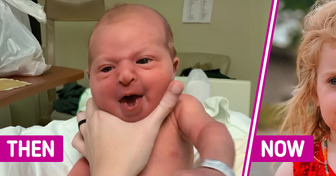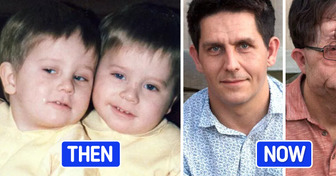The World’s Hairiest Girl Grew Up and Decided To Astonish Everyone With Her New Look

“The Tree Man” is an individual whose life has been shaped by a rare malformation in his hands. Originally recognized for this unique condition, he has undergone numerous surgeries, surmounting significant obstacles on his path. Today, fueled by resolute determination and the expertise of medical professionals, he has rediscovered a simple yet profound joy — being able to hold his daughter once more.
Abul Bajandar, a resident of Bangladesh, is grappling with an extraordinary and rare condition identified as ’Tree Man’ Syndrome. Although this hereditary condition is non-contagious, regrettably, it remains incurable, with surgical interventions providing only temporary relief. Abul is not alone in his battle, as there are others globally facing the challenges posed by this syndrome.
The syndrome manifests through the emergence of wart-like skin growths that closely resemble tree bark. While these growths start as small formations, they have the capacity to expand significantly, leading to substantial disability for those impacted.
The onset of Abul Bajandar’s condition occurred during adolescence, marked by the appearance of small warts on his body around the age of 13-14. Unfortunately, as he progressed in age, the affliction rapidly intensified, impacting various parts of his body.
After undergoing a series of 16 surgeries from 2016 to 2017 at Dhaka Medical College Hospital in Bangladesh, Abul Bajandar reached a significant milestone — he could once again hold his daughter. The surgeries aimed to eliminate the bark-like lesions from his hands and feet, providing a hopeful turn in his struggle against Tree Man Syndrome.
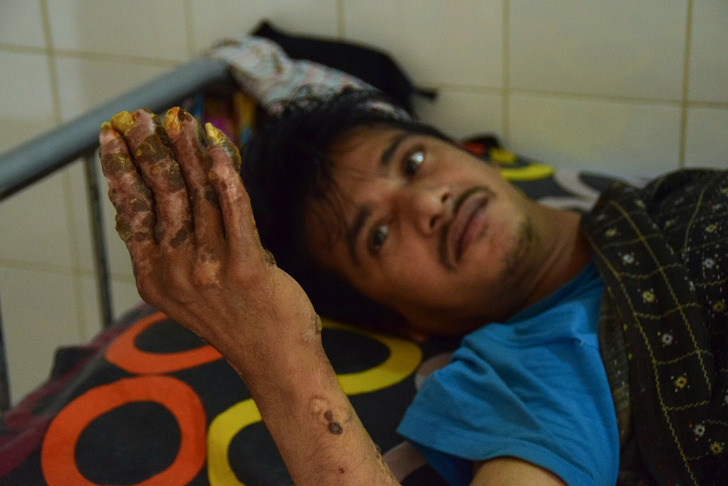
Bajandar shared the profound joy he experiences spending time with his daughters, emphasizing, “If I recover from this, I want to work again, to build a small business to help my daughters in her studies and to give them a good life.” These words reflect not only his determination to overcome the challenges posed by his rare condition, but also his unwavering commitment to providing a better future for his family.
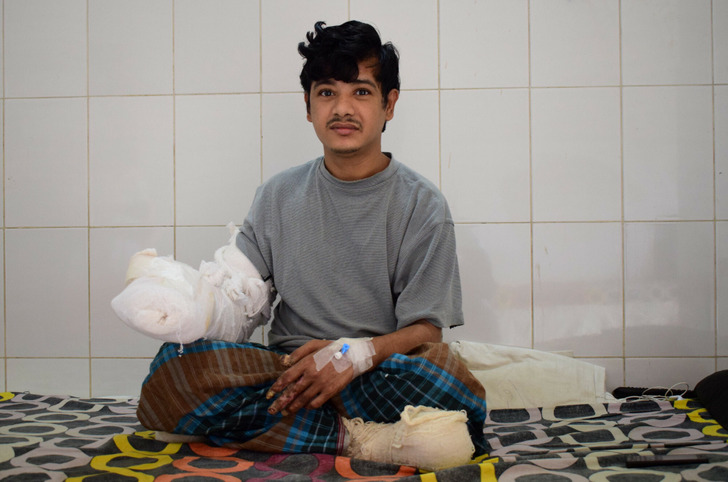
Amidst Abul Bajandar’s arduous journey with Tree Man Syndrome, he finds resilience in the steadfast support of his wife and mother. Confronting the persistent challenges of the condition’s recurrence, their unwavering presence serves as a source of solace and motivation. Reflecting on the profound impact of fatherhood, Bajandar expresses, “When my daughter was born, she brought me the hope of life again. I didn’t want to leave her as an orphan. I felt like I must live for her.”
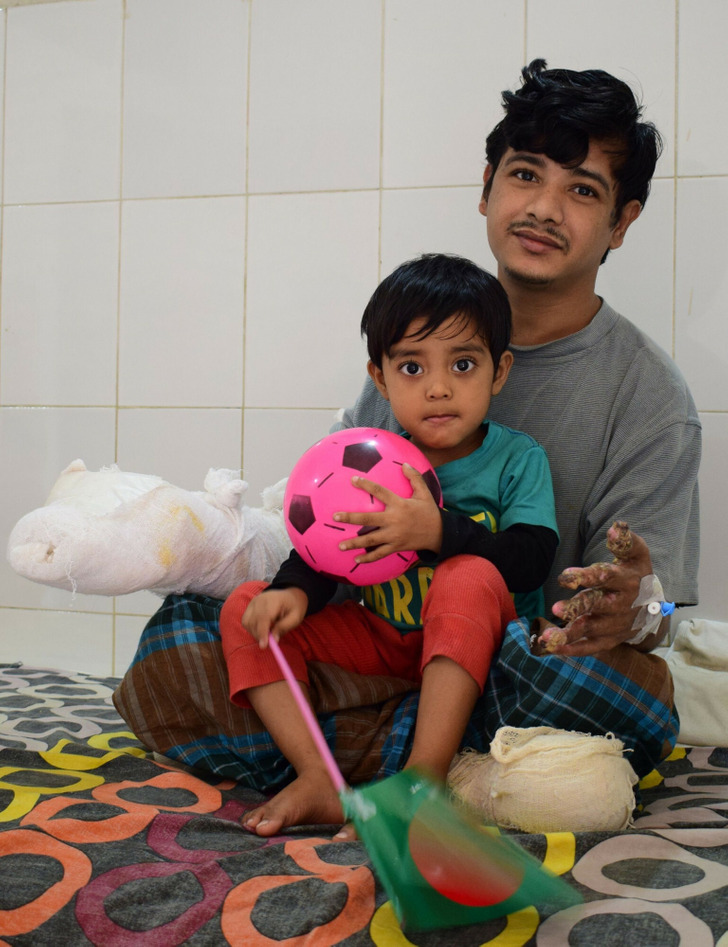
Despite encountering the disheartening recurrence of his condition, Abul Bajandar remains resilient and hopeful. Initially uncertain about the potential return of the condition, doctors observed its reappearance. Undeterred, Bajandar expresses unwavering optimism, declaring, “My only dream is to recover from this situation and live a healthy life.”
His poignant words resonate not only with the personal challenges he faces but also with a universal longing for health and well-being. Bajandar’s enduring hope shines through as he expresses, “All I can say is that I truly believe and hope that a cure exists for this disease.” In the face of adversity, his spirit remains unbroken, embodying the strength of individuals confronting rare and challenging medical conditions.
Another individual, born with a rare condition, has challenged societal norms and become a symbol of extraordinary resilience. Allow us to introduce the girl affectionately referred to as “Voldemort” due to being born without a nose.


